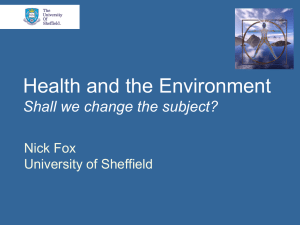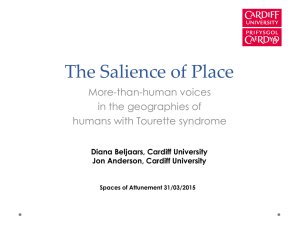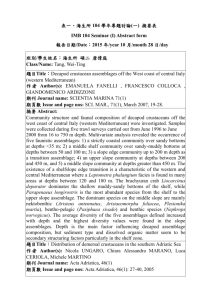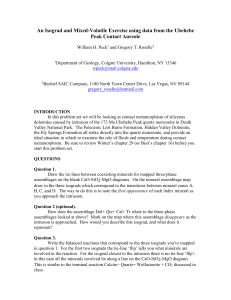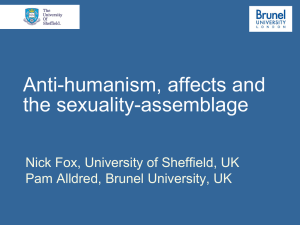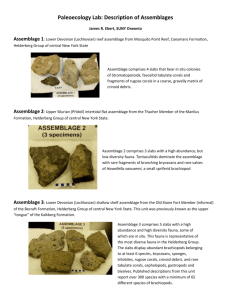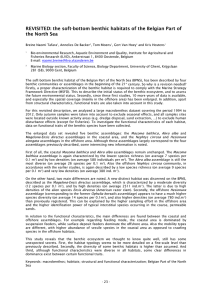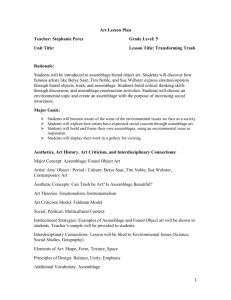shall we change the subject? (, 280 Kb)
advertisement
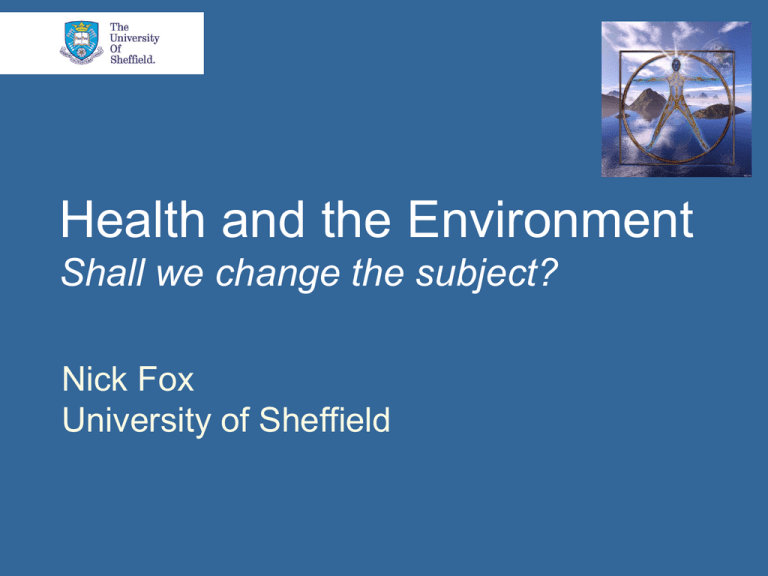
Health and the Environment Shall we change the subject? Nick Fox University of Sheffield Introduction • How health and environment interact. • Anthropocentrism vs. anti-humanism. • An anti-humanist approach to health and the environment. • Changing the subject. Approaches to ‘Health and the Environment’ 1. Human health is threatened by environmental factors e.g. climate change. 2. Improving the environment can enhance human health. 3. Improvements in health threaten the environment (e.g. population growth, economic development). 4. Initiatives can reduce the environmental impact of health care. Contradictory forces? • Are human health and environmental health potentially antagonistic? • How can human health and environmental health be complementary? • Should human or environmental health have priority? Anthropocentrism • Gives priority to human bodies, human subjects and human experience. • Reflected in: • • • • Humanism Romanticism Individualism Popular politics Anthropocentrism and health • Most health care and medical theory is inevitably anthropocentric. • Health has become a ‘good’ that is almost unquestionable. • Public health has the capacity to avoid anthropocentrism, by focusing on networks and interactions rather than bodies. Anthropocentrism, health and the environment • With human health privileged, then the environment becomes the context within which health is threatened or enhanced. • Examples: • Improving the built environment. • Addressing environment risks e.g. pollution, UV radiation. • Health and safety, health protection, HPA. An alternative approach • Anti-humanism: a philosophical or ontological position that intentionally overturns the priority or privilege accorded to humans. • Focuses on the non-human, the inanimate, and social formations. • Humans are no longer sole agents (‘inorganic life’). • ‘Health’ is understood relationally, as a capacity of a body to engage with its environment. An anti-humanist method • Focus not on bodies or subjects, but on assemblages (networks) of relations between bodies, things, ideas and social institutions. • Look at how these relations affect or are affected, rather than at ‘agency’ and social actors. • This is how we ‘change the (human) subject’. An anti-humanist approach to health and environment 1 • Humans are not prior or privileged. • Focus on assemblages of organic and inorganic: bodies, things, social formations. • ‘Environment’ is no longer separate from bodies: the latter are part of an assemblage that is ‘environment’. An anti-humanist approach to health and environment 2 • Trace how relations in the assemblage affect and are affected by each other. • Look at the capacities produced in bodies and things by these affects. • ‘Health’ is not a body attribute, but an evaluation of capacity: what a body can do.) • Understand poor health outcomes by assessing assemblages. Example 1: city transport housing – work places – shops – services - workers – (capitalist) economic system - wages – transport infrastructure – fossil fuels – renewable fuels – pollution - public transport - private transport – etc. • A sustainable city transport policy can optimise the affective flows in this assemblage. • ‘Health’ emerges as a ‘by-product’ of the capacities produced by sustainable transport. Example 2: water management population – agriculture - industry – water sources – climate – investment – water use and recycling technologies - water and sewage infrastructure – economic development – cultural water use beliefs – micro-organisms – etc. • Analysing the interactions in this assemblage can optimise water management. • Sustainable water management policy enhances capacities (e.g. access to affordable clean water, sewage management) = ‘health’. Example 3: global warming humans – industry - fossil fuels – sunlight – atmosphere - weather systems – politics economics - cultural formations • Balancing the production and capture of atmospheric carbon can stabilise global temperatures , and thus reduce ecosystem variability. • A stable ecosystem will enhance human opportunities and hence health. Conclusions • • • • Environment is an assemblage. Humans are an element in this assemblage. Elements in the assemblage affect each other. Engineering assemblages can produce capacities that enhance health. • Change the subject from ‘human health’ to ‘environmental assemblages and affects’. • This suggests a distinctive, environmental approach to public health. Health and the Environment Shall we change the subject? Nick Fox University of Sheffield
